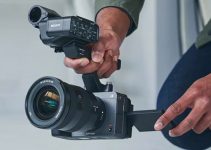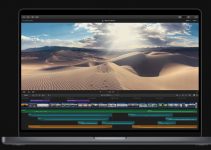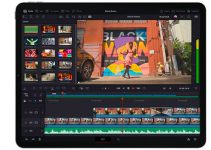Who doesn’t love those steady and slowly moving dolly shots where the camera gently moves around the subject giving motion and energy to an otherwise dull talking head? Absolutely no one, right?
Of course, it’s always easier said than done but if you really want to take your production to the next level, planning your shots in advance and using a few simple tricks along the way can do wonders with your work in the end. So, without further ado, let’s take a look at some quick tips for motion control shots with Levi Allen.
But what is a motion-controlled shot anyway? If you’re like most of independent filmmakers, you may not be able to afford an assistant sliding the camera down your rails, or maybe you’d like to have consistency from a shot to the other, maybe because you need to track movements for a composite shot.
That’s where a motion controller kicks in. The programmable movement and the mechanic precision allow for repeatable and exact shots. Levi uses a Kessler Crane Motion Plus, an incredibly compact and modular system that allows full control on slide pan and tilt.
Whatever system you should choose, however, here are three tips to keep in mind:
Keep it short
For anyone looking to buy a slider the obvious reasoning would be, the bigger the better, but that is not always true. A smaller slider offers better portability, and in a one-man band scenario, that’s not something to overlook. Add to that, especially during an interview, a 2ft (that’s roughly 50/60cm) movement is more than enough, and it allows you to use a single tripod to hold it.
Keep it stable
Speaking of tripods, the key for a good motion controlled shot is stability. A good tripod in case you are using a smaller slider, or a couple of stands if you opt for a bigger one are absolutely necessary. If you want to increase the sturdiness you can use a stabilizer arm like this to avoid flex when at the end of the rails.
Keep it slow
Timing is everything. If the camera moves too quickly you’ll have the exact opposite effect, instead of enhancing the shot conveying energy you’ll create a mess and distract your audience from the talent. The inverse is also true, a movement too slow may be unnoticeable. So how to get the right speed?
Well… It depends. Different shots will require different speeds, but a good rule of thumb is about 30/35 seconds if you’re using a small slider, but your mileage may vary.
[source: Levi Allen]
Disclaimer: As an Amazon Associate partner and participant in B&H and Adorama Affiliate programmes, we earn a small comission from each purchase made through the affiliate links listed above at no additional cost to you.
Claim your copy of DAVINCI RESOLVE - SIMPLIFIED COURSE with 50% off! Get Instant Access!





